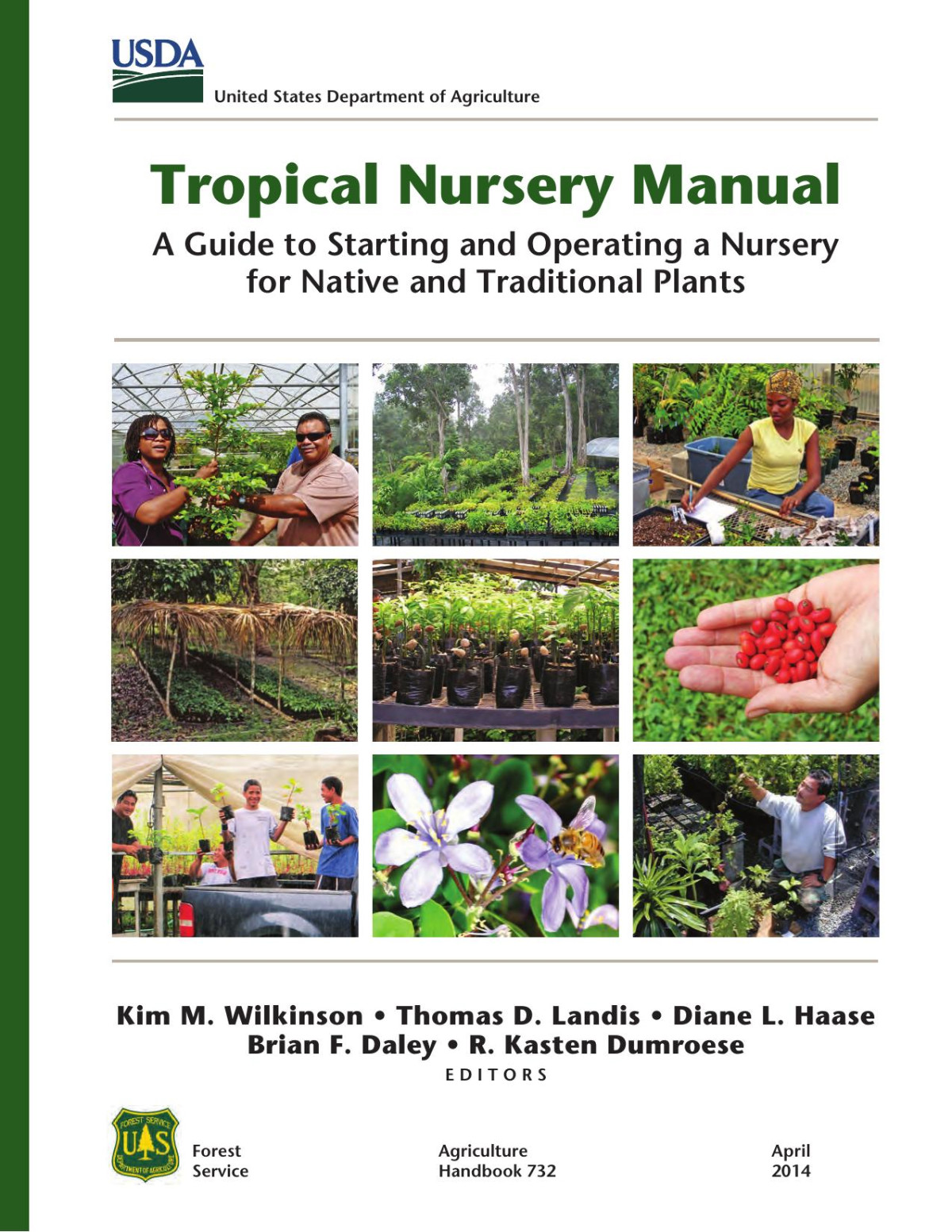

Most ebook files are in PDF format, so you can easily read them using various software such as Foxit Reader or directly on the Google Chrome browser.
Some ebook files are released by publishers in other formats such as .awz, .mobi, .epub, .fb2, etc. You may need to install specific software to read these formats on mobile/PC, such as Calibre.
Please read the tutorial at this link: https://ebookbell.com/faq
We offer FREE conversion to the popular formats you request; however, this may take some time. Therefore, right after payment, please email us, and we will try to provide the service as quickly as possible.
For some exceptional file formats or broken links (if any), please refrain from opening any disputes. Instead, email us first, and we will try to assist within a maximum of 6 hours.
EbookBell Team

4.7
26 reviewsThis handbook is not a species-by-species account, though propagation protocols for many tropical species are available on the Native Plant Network (http://www.nativeplantnetwork.org).
Chapters:
1. Why start a Tropical Nursey for Native and Traditional Plants?
2. Planning a Tropical Nursery
3. Defining the Target Plant
4. Crop Planning: Propagation Protocols, Schedules and Records
5. Propagation Environments
6.Growing Media
7. Containers
8. Collecting, Processing and Storing Seeds
9. Seed Germination and Sowing Options
10. Vegetative Propagation
11. Water Quality and Irrigation
12. Plant Nutrition and Fertilization
13. Beneficial Microorganisms
14. Problem Prevention and Holistic Pest Management
15. Hardening.
16. Harvesting and Shipping
17. Outplanting
18. Working with People
19. Nursery Management
20. Discovering Ways to Improve Nursing Practices
Refernces
Citation: Wilkinson, Kim M.; Landis, Thomas D.; Haase, Diane L.; Daley, Brian F.; Dumroese, R. Kasten, eds. 2014. Tropical Nursery Manual: A guide to starting and operating a nursery for native and traditional plants. Agriculture Handbook 732. Washington, DC: U.S. Department of Agriculture, Forest Service.